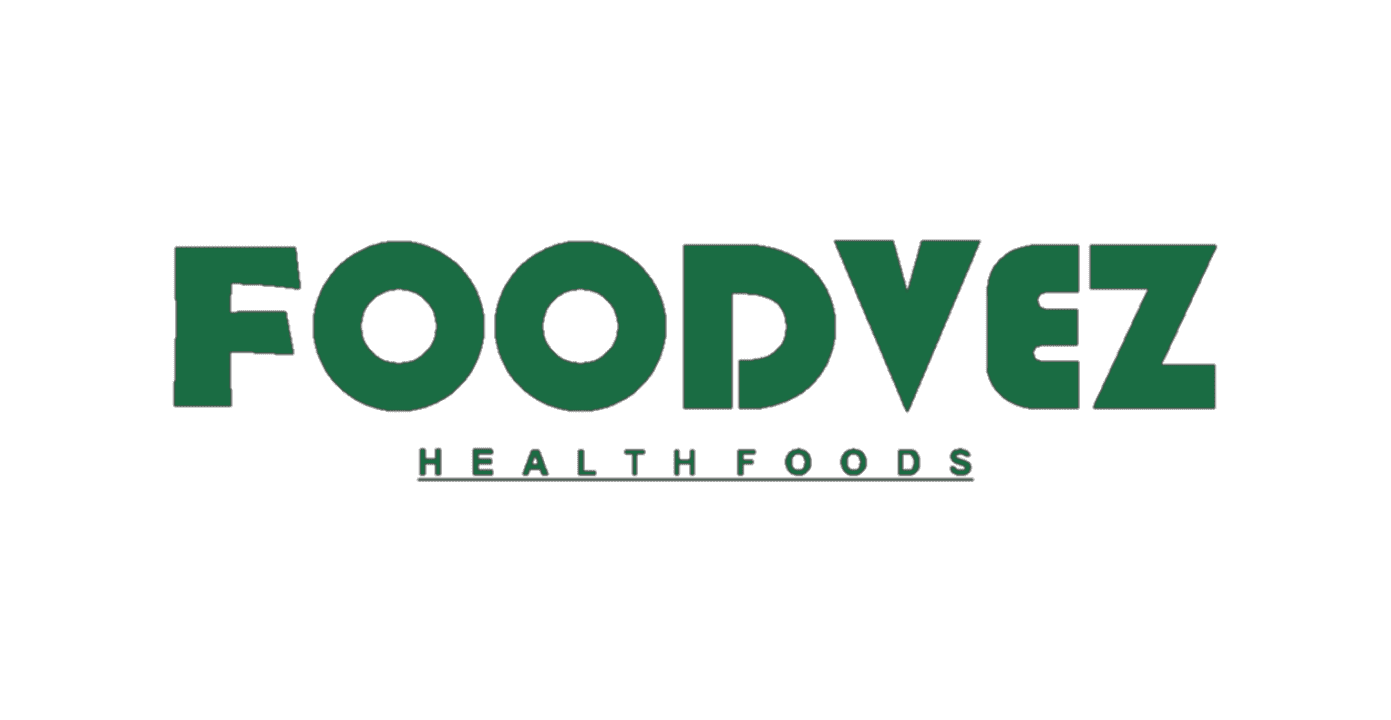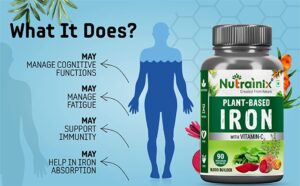What does Creatine do to your body? How does it impact your weight?
This post answers all your questions regarding Creatine and body mass.

Creatine is an organic, non-steroidal component produced naturally in the liver of all vertebrates, including humans. As far as dietary sources are concerned, Creatine is found in meat due to the fact that the molecules are stored in the muscle cells of vertebrates. Creatine is also an extremely important supplement when it comes to increasing muscle mass and athletic performance.
Why do you need Creatine supplements?
For the non-athletic person, creatine supplements are not necessary. Most of us can meet the required creatine levels from our diet; the amino acids from our food are converted into creatine by the liver and kidneys.
However, athletes and bodybuilders require a lot of creatine, i.e., up to 5 to 8 grams per day. The richest natural dietary source of creatine is Herring fish – 100 grams of herring fillet (flesh from the ribs of the animal) contains up to 1.1 grams of creatine. Beef, Salmon and pork each provide only 0.9 grams of creatine per 100 grams of flesh. This would mean that athletes must consume, at the very least, Five Hundred grams of herring fillet in order to get enough creatine to sustain them during heavy workout sessions!
Since it is economically and practically impossible for an individual to obtain creatine from dietary sources, athletes must take creatine supplements. Creatine Monohydrate is the simplest form of creatine and is entirely synthesized from the molecule’s original substrates – Arginine, Glycine and Methionine. It is also the most popular form of Creatine supplements sold, as it is fully absorbed by our body. Most Creatine Monohydrate supplements these days are synthesized from Arginine, Glycine and Methionine that are derived from plant sources, thereby making these supplements Vegan Friendly.
What does Creatine do to our body?
Creatine is a non-protein component synthesized by our body. In our muscle cells, Creatine is converted into Phosphocreatine by the enzyme Creatine Kinase. Phosphocreatine then reacts with Adenosine Di-phosphate (ADP) to produce back Creatine and Adenosine Tri-Phosphate (ATP). Adenosine Tri-Phosphate is the primary energy-producing molecule, which when consumed by our body cells, releases energy and reverts back to Adenosine Di-Phosphate.
Our body produces about 1 to 2 grams of Creatine from the food we consume. This is stored in our muscles, to aid in the production of ATP molecules. However, our muscle cells can store a much greater amount of creatine molecules. The more the availability of creatine, the more ATP molecules can be produced.
Does Creatine make you fat?
When you start loading up your body with creatine, you are essentially increasing the amount of creatine taken. This translates to about 25 grams of creatine per day, for a period of seven days. Creatine has a natural property of water retention. When the creatine molecules are stored in our muscles, it also increases the amount of water retained by the muscle cells. This causes muscle oedema (the accumulation of water in between the tissue layers). This causes the body to bloat up, and appear fat.
This is the reason why people ask if creatine would make them fat. In fact, creatine has a negligible amount of calories and does not increase the fat content of the body. The fatty appearance during the loading phase is entirely due to the retention of water in muscles. This is temporary and gets resolved once the amount of creatine intake per day is maintained and regulated.
How does creatine enhance your muscles?
Creatine, as we’ve seen earlier, helps in enhancing our performance during high intensity workouts. When we participate in such intense physical activity for a longer period of time, the level of strength and endurance of our muscles naturally increases. Plus, creatine also increases the production of anabolic hormones, which aid in the growth and repair of our body cells. Since our muscles would be worn out after a gruelling session of heavy physical workout, the anabolic hormones act upon them to repair and replenish the worn muscle cells.
Creatine is also in charge of lowering the levels of Myostatin in our bodies. Myostatin is responsible for the inhibition of the growth of new muscle cells. With Myostatin out of the equation, our body can very well regrow new muscle cells, and eventually new muscles. Creatine is responsible for the increase in the muscle mass and aids in the short term and long term muscle growth and development
Shop for creatine here at Foodvez.

